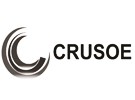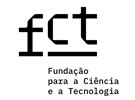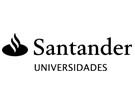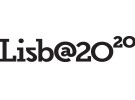



Publication in the Diário da República: Despacho nº 14433/2024 - 05/12/2024
4 ECTS; 3º Ano, 2º Semestre, 30,0 PL + 30,0 TP + 4,0 OT , Cód. 912342.
Lecturer
- Jorge Manuel Afonso Antunes (1)(2)
(1) Docente Responsável
(2) Docente que lecciona
Prerequisites
NA
Objectives
To provide the theoretical foundations and methods that will allow future engineers to understand the fundamentals of the chip removal cutting technology process. The topics covered address issues related to the chip formation mechanism, tool geometry, cutting fluids, and tool materials. Finally, the calculation of machining operations will be discussed.
Program
1 Introduction 2 Classification of machine tools 2.1 Single-point cutting 2.2 Multi-point cutting 2.3 Abrasive cutting 2.4 Selection of machine tools 3 Cutting tools 3.1 Work motion and main planes 3.2 Surfaces and angles of the cutting tool 3.3 Abrasive tools 4 Materials for cutting tools 4.1 Fundamental properties of materials 4.2 Types of materials 4.3 Coatings for cutting tools 5 Chip formation 5.1 Oblique and orthogonal cutting 5.2 Chip formation mechanism 5.3 Chip shape 5.4 Mechanics of orthogonal cutting 5.5 Cutting forces 6 Cutting fluids 6.1 Objectives and characteristics of cutting fluids 6.2 Classification of cutting fluids 6.3 Additives 6.4 Selection of cutting fluid 6.5 Application of cutting fluids 7 Notes on machining operation calculations 7.1 Introduction 7.2 Fundamental concepts 7.3 Drilling 7.4 Turning 5.5 Milling 8. CNC Machining
Evaluation Methodology
The evaluation will be conducted through a written exam. To pass, the student must obtain a minimum of 9.5 points.
Bibliography
- Antunes, J. (2022). Introdução às máquinas-ferramenta. Abrantes: Apontamentos do docente
- Casillas, A. (1981). Formulário técnico. (Vol. 1). Brasil: Mestre Jou
- Walsh, R. (2001). Handbook of Machinig and Metalworking Calculations. New York: McGRAW-HILL
Teaching Method
Theoretical-Practical (lectures and problem-solving exercises) and Laboratory Practices (performing practical tasks)
Software used in class
CATIA V5 - Computer-Aided Machining Module (Milling and Lathe)

















